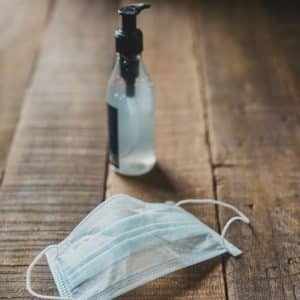Your Personal Risk of Illness from COVID-19
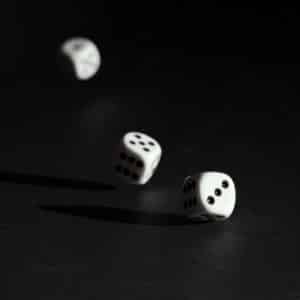
Here are some research highlights that might surprise you:

Here are some research highlights that might surprise you:

It is with mixed emotion that I announce that I am leaving the clinic at the end of December, 2021.
It has been a privilege and a pleasure to be part of this outstanding team. All the practitioners at KIHC are top-notch when it comes to supporting the health of our community, and I am very grateful for the opportunity to have served clients and supported this team for these past few years. There may be some new collaborations with KIHC or individuals here and so here’s hoping our paths may cross again!
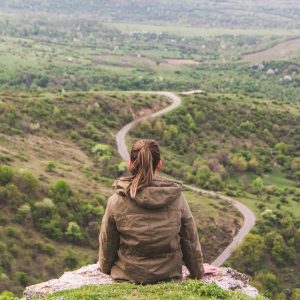
This is also part of the archetypal hero’s journey: The classic human experience of traversing challenges toward satisfying and deep transformation.
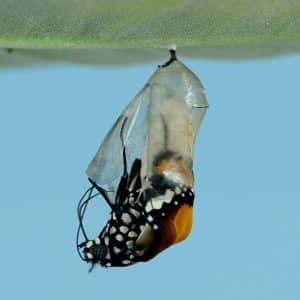
What is “normal”? The truth is, “normal” is different for each of us. What’s normal for my body, my thoughts, my emotions, and energy, is likely very different than yours. Just because something is normal for us, doesn’t mean it’s healthy. So, we are talking about creating wonderful new habits, right? Then why are we talking about unhealthy habits? Here’s the thing: If we just mask over poor habits with new ones, the old ones can sabotage our efforts for change. We need to dismantle them first.

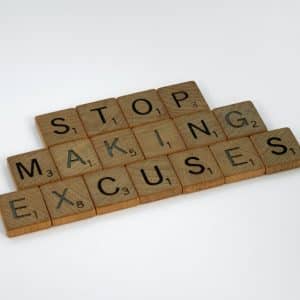
Even if you’re unsure of the details, many of you know that exercise reduces our risk of serious infection by addressing co-morbidities (health conditions like diabetes and heart disease that make us more susceptible to complications from illness). For example, a balanced exercise routine improves how our body uses oxygen (i.e. “cardiorespiratory fitness”), balances blood sugar, and balances the immune system. Stress can also be a risk factor for illness, and exercise is a HUGE stress-relieving activity for many people. But it’s a bit of a catch-22 if stress also inhibits your ability or willingness to exercise.

Fungus is a healthy part of our bodies and microbiome. However, some molds in our environment generate toxic chemicals (mycotoxins and volatile organic compounds) that trigger allergic reactions, toxic responses, and immune system dysfunction. It’s a somewhat common condition for people who are also susceptible to stealth infections and chronic fatigue.
Symptoms of mold illness can mimic many other illnesses. Use this questionnaire to help you decide whether further testing is warranted.
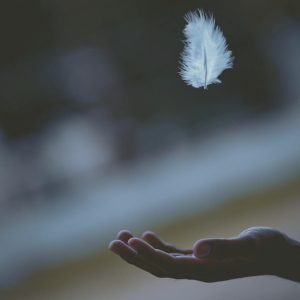
When I was introduced to mindfulness, I was confused. It never occurred to me that the healthiest place for my mind to be (and amazingly the most productive!) was in the present. Not thinking ahead, nor about what had already been done, but in the present moment.
An extract from the Possibility Project Podcast.
Sarah Knight: You haven’t always done this work. Where did you come from and what brought you into doing healing work?
Lisa Sabatini: I originally came from journalism and communications – I was a journalist for many years, I produced television. I like to explain it this way…journalism is about research but communication is about taking the things in journalism that might be really complex and making them relatable and clear. I feel like everything around us is communication, even healing and the work that we do, is very much about communication. Communicating with ourselves, our bodies, our emotions, our thoughts, our spirit – that is our beliefs – and even with nature. How we communicate with the world around us and how the world around us communicates with us.
